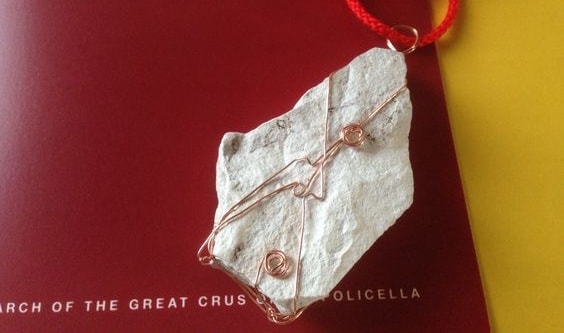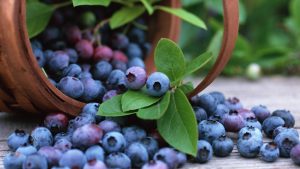The wine’s minerality is a metaphor.
Article taken from vinopigro.it by Elisabetta Tosi
These are interesting times for a philosopher …
Some have banished the word from his wine descriptors vocabulary, those who continue to use it, in the belief of being however understood by all, and there are those who does not give up to the smokiness of the concept and insists to seek an explanation for something else. Yes, we speak of wine’s minerality, that strange thing that escapes the canonical classifications of fruity / spicy / floral / tertiary tastes-perfumes and so on. In short: when the wine reminds us of something, but we can not say precisely what, rejected all the usual descriptions, at the end, usually, it is termed mineral .For this, personally, am not so hostile to the word: for lack better than, is just one way (vague, generic) to call something that is neither fruity or spicy, etc.).
Not just common mortals and the experts seems to be curious about this odor / flavor; even the Masters of Wine have organized a special study session on the subject, which The Wine Monkeys related.
In short terms:
- The minerals present in the rocks of the soils on which they grow vines are not transmitted to the plants. Nor to their clusters. Even less to the final wine. The minerals that serve to its survival screw brings them out of the ground, or rather from the humus;
- As someone has already suggested, the minerals in itself does not smell like anything. The flint did not smell nor taste. What we label as “scents of flint” it could actually be the result of a mechanical action (rubbing, speak) which releases sulfur and iron particles in the air, which got some perfumer, in fact.
- Conclusion: boh? Whatever it is the wine minerality, it is not the taste of the minerals present in the vineyard.
Is that enough? No. The agreement about wine minerality is only apparent. For winemakers means everything and nothing – a few of them, interviewed during a research meeting, came to submit 17 groups of terms, ranging from floral to gunpowder – and the consumers have an even more vague concept. At the end, it was concluded that the minerality is a concept that exists (as it is used), but that does not have any precise and unambiguous definition, because the terms used to describe it are too many and often contradictory.
At this point, there was nothing to do, but a group of Masters of Wine have been submitted for a blind tasting of 15 white wines that – in the collective imaginary – are defined as “minerals”. Cause – we assume – the different participants’ sensitivity to that feature, at the end not even the Masters of Wines have shown unanimous consent. If you say that a wine is mineral, you don’t mean much, they agreed at the end.
Moral? It is not clear what can be attributed what we call minerality of a wine, and it is not even clear what is meant, at the end, for minerality.
Maybe it’s a metaphor (of our confused times). Or, as someone suggested, it is just one way (yet another) to confuse the poor, unsuspecting consumers …
Ps: perhaps the best definition of minerality has due to the soil scientist Lydia Bourguignon: “minerality is the perception that has the taste of mineral rocks”, although so saying introduce a new additional element of discussion: the concept of perception …
Yes, they are interesting times for a philosopher.
(Pictured, a white limestone #crurock by a cru of Valpolicella)
images by vinopigro.it
Shop categories
[wds id=”2″]










